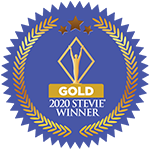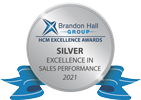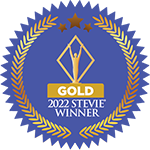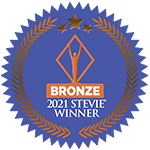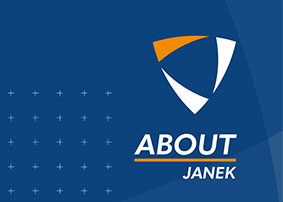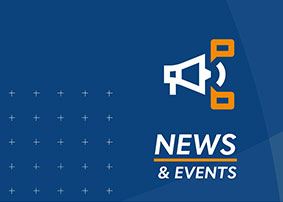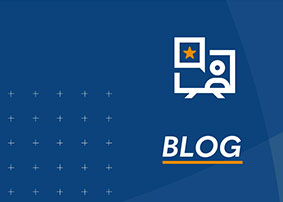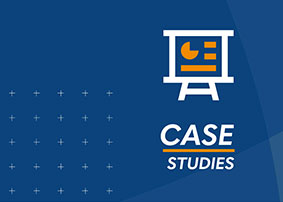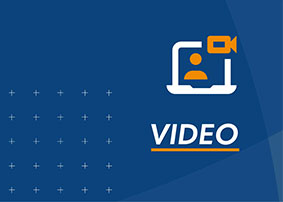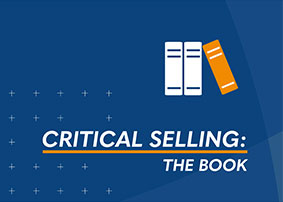Are You Maximizing All Available Sales Tools And Resources?

Let’s face it. For about ninety-nine percent of sales professionals in America, the ability to sell – and to sell well – does not come naturally, especially in today’s marketplace. It takes hard work, dedication and a commitment to honing the craft.
Selling is a discipline that requires a set of specific skills, thick skin and a resilient spirit. For generations the occupation has helped its practitioners create wealth or nearly kill themselves trying.
All of the above is a given. Let’s take a moment to think about the things that weren’t a given – not for those past generations. Things like:
- Online databases
- Technical resources to support the sales process
- Prospecting tools
- Customer Relationship Management (CRM) systems
- Social media channels, such as LinkedIn
- Sophisticated dialer systems
- Marketing automation software
Today’s sales professionals have a wealth of sales tools and intelligence at their fingertips. But here’s something else those past generations didn’t have: formal sales processes and overly informed customers with access to information at their fingertips.
The question becomes: are you providing the sales professionals within your organization the tools and resources that will make their jobs as efficient as possible? If so, are they maximizing the potential of these tools you have put in place?
Consider Your Sales Process
When you lay out your organization’s sales process from end to end, what does it look like? How many stages does it have and how involved or intricate is each stage?
Now, consider your sales team. How have you positioned them to achieve success within each stage? If you look at your recent sales performance numbers, are there any noticeable patterns?
For example: Are customers dropping off at certain stages, or are there stages where customers stall?
If so, what tools can you provide to increase efficiencies in these areas? Maybe you have an email nurturing track that you can alter or add during those stages where customer attentiveness seems to wane. Maybe add an additional phone call touch point to the queue.
On a different note, have you observed that certain sales professionals are better at handling customers with longer sales cycles? Well, then why not alter your CRM to filter those types of customers to your team members that are best suited?
Stop right here – how well does your team know your sales tools?
All the sales tools in the world, with all of their bells and whistles are useless if your team doesn’t know how to use them. In other words, when offering tools to be leveraged in the sales process, you need to offer resources to help ensure that the tools are being used properly and to their fullest potential.
Ask yourself, what skills are necessary to most effectively execute the sales process and is your team equipped?
Few sales organizations offer technical resources to aid the sales process and, frankly, this seems counterintuitive. Why spend the money to install the programs and then not bother to properly train the people using them?
Perhaps you made an announcement or held company-wide demos when you initially installed your CRM or any other prospecting or follow-up tools…but how about now? What change management training is in place to ensure that everyone’s skills are still up to par?
Your sales team should speak up
In actuality, not all of this responsibility should fall on to management’s shoulders.
The sales professionals within your organization should be encouraged to speak up if they feel that their ability to properly execute the sales process is lacking in any way. This goes not only for the systems already in place, but also for the identification of other tools or resources that they feel would be helpful.
Remember, your sales team – which is likely a mix of new and tenured sales professionals – is often an untapped resource for information. Each of their professional and personal networks can be a gold mine for what other sales organizations are using and which tools work better than others.
Why not try asking individual team members about their own comfort and satisfaction level with the tools currently in place? They might have some brilliant suggestions for improvements or changes that may surprise you.
Don’t go getting too comfortable with sales tools
For every point made, there is usually a valid counterpoint. While it makes sense to use technology to its fullest extent, it’s important that your sales organization doesn’t become overly reliant on these resources.
For example, you don’t want your team to get to the point where they feel stifled or handcuffed by your CRM. It should be a help, not a hindrance.
In addition to making the effort to train your team on using their technological resources, don’t lose sight of the true essence of sales skills. Traditional sales training should play a continuous role within your organization. As we mentioned, the beauty of sales is the element of human interaction – something that cannot be funneled through an online system.
The best-case scenario is the ability to balance both.
Top sales professionals and top sales organizations are those that have learned – and continue to work at – utilizing a mix of sales resources and tools.
They have solid sales skills and also properly utilize the tools to be able to maximize and enhance the process for the highest conversion rate possible.
Today’s sales professional can no longer solely rely on presentation and pitch, they have to take advantage of anything and everything that can give them a leg up in the market place. This includes personal tools like LinkedIn and other social networks that can provide insight into their customer background and mindset.
Most importantly, identify the right mix and put it in place. Measure the outcomes and make informed decisions. Use the tools but don’t abuse them…

- Account Planning (16)
- Awards (42)
- Client Testimonial (37)
- Personal Branding (21)
- Podcast (12)
- Research (77)
- Sales Career Development (90)
- Sales Coaching (165)
- Sales Consulting (141)
- Sales Culture (181)
- Sales Enablement (380)
- Sales Leadership (112)
- Sales Management (268)
- Sales Negotiation (11)
- Sales Prospecting (136)
- Sales Role-Playing (19)
- Sales Training (242)
- Selling Strategies (279)
- Soft Skills (78)
- Talent Management (101)
- Trusted Advisor (29)
- Virtual Selling (57)
- Webinar (13)
